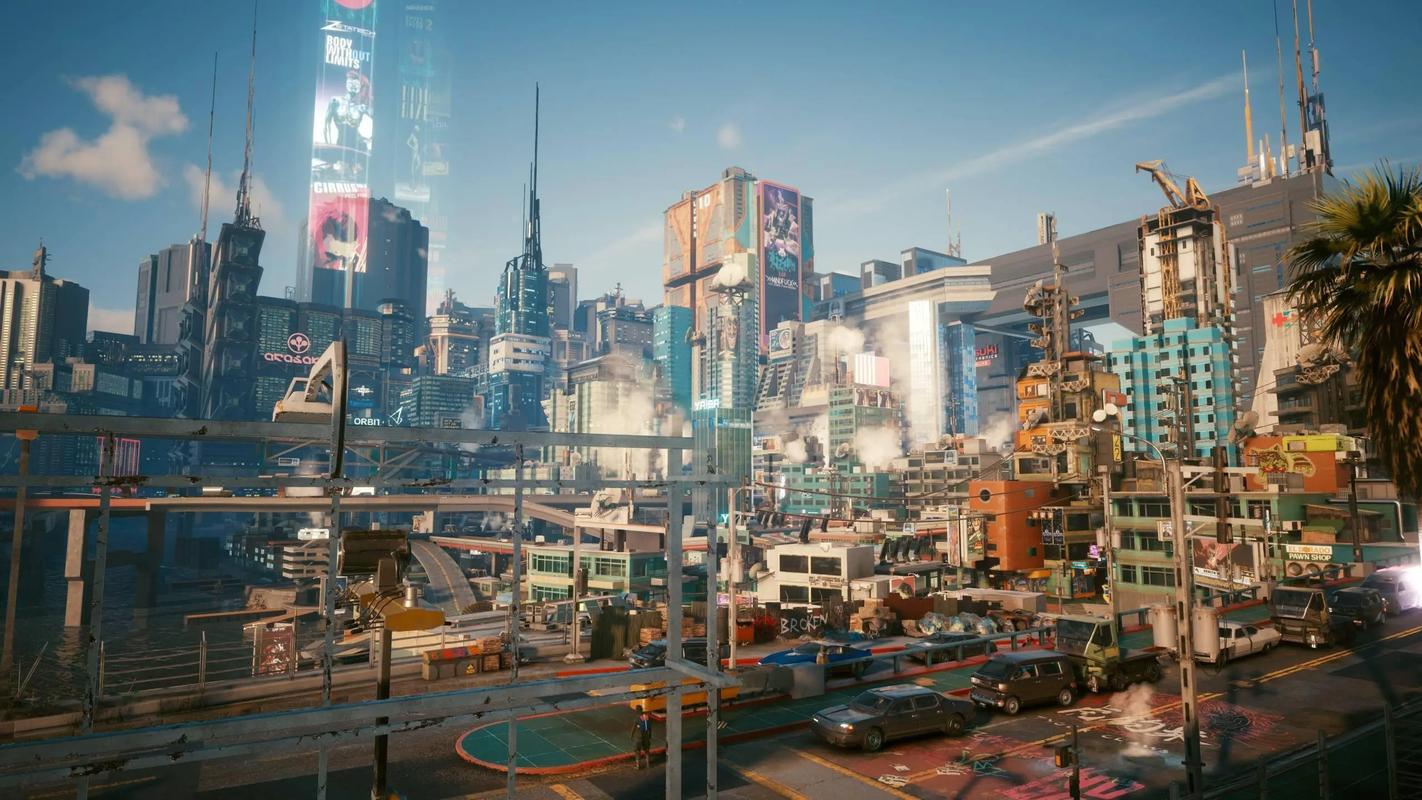Prey (2017) Score: The Pinnacle of Immersive Sim FPS
By [Your Name]
Introduction
When Prey (2017) launched, it was met with both anticipation and skepticism. Developed by Arkane Studios—the minds behind the Dishonored series—this reimagining of the 2006 title Prey was not a direct sequel but rather a spiritual successor to the immersive sim genre. Blending first-person shooter mechanics with deep systemic gameplay, Prey carved out a unique identity as a modern immersive sim FPS. Its intricate level design, player-driven choices, and haunting atmosphere make it a standout title, even years after its release.
The Essence of an Immersive Sim
At its core, Prey embodies the principles of the immersive simulation genre. Unlike traditional shooters, which prioritize linear progression and scripted encounters, immersive sims thrive on player agency. Every problem in Prey has multiple solutions, encouraging creativity and experimentation.
-
Player Choice and Flexibility
- Whether you prefer stealth, combat, or hacking, Prey accommodates your playstyle.
- The game’s skill tree (Neuromods) allows players to specialize in human abilities (e.g., guns, repair) or alien powers (e.g., mimicry, telekinesis).
- Environmental interactions are key. Need to bypass a locked door? Hack a terminal, find a keycard, morph into a small object to slip through a vent, or simply smash it open with a wrench.
-
Emergent Gameplay
- The game’s physics engine and AI behaviors create unpredictable scenarios.
- Example: Lure enemies into a room, place explosive canisters nearby, then trigger them with a well-placed shot—or let a rogue turret do the work for you.
-
Non-Linear Exploration
- The space station Talos I is a meticulously crafted sandbox.
- Hidden passages, zero-gravity segments, and backtracking with new abilities reward thorough exploration.
Atmosphere and Narrative Depth
Prey excels in storytelling through environmental cues and player discovery.
-
A Haunting Setting
- The derelict halls of Talos I are filled with eerie silence, punctuated by the screeches of the alien Typhon.
- Audio logs, emails, and corpses tell the stories of the station’s doomed crew.
-
Moral Ambiguity
- The game’s narrative poses ethical dilemmas: Should you save survivors or prioritize your own survival?
- The ending’s twist forces players to reflect on their choices—was Morgan Yu ever truly in control?
-
The Mimic Threat
- The Typhon Mimics, which disguise themselves as everyday objects, keep players perpetually paranoid.
- This mechanic reinforces the game’s themes of deception and identity.
Combat and Survival Mechanics
While Prey isn’t a pure shooter, its combat is deliberate and tense.
-
Resource Scarcity
- Ammo and medkits are limited, making every encounter a calculated risk.
- Crafting and recycling materials add a survival-horror layer.
-
Enemy Variety
- From basic Phantoms to the towering Nightmare, each Typhon requires different strategies.
- Alien powers (if unlocked) can turn the tide—but at what cost?
-
The GLOO Cannon
- This versatile tool can freeze enemies, create makeshift platforms, or seal hazardous leaks.
- It epitomizes Prey’s design philosophy: tools, not predefined solutions.
Legacy and Why It Stands Out
Despite initial mixed reception (partly due to marketing missteps), Prey has garnered a cult following. Its strengths lie in:
- Freedom: No hand-holding, just pure immersion.
- Replayability: Different builds yield vastly different experiences.
- Attention to Detail: Every room in Talos I feels purposeful.
In an era dominated by open-world bloat and linear shooters, Prey is a masterclass in thoughtful, player-driven design. It doesn’t just emulate classics like System Shock or Deus Ex—it refines the formula for a new generation.

Final Verdict
Prey (2017) is a near-perfect immersive sim FPS. Its rich world, deep mechanics, and respect for player intelligence make it a must-play for fans of the genre. While its difficulty and slow pacing may deter some, those who embrace its challenges will find one of the most rewarding experiences in modern gaming.
Score: 9.5/10
Would you like any sections expanded or adjusted?














